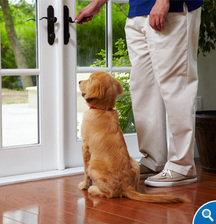
I do not recommend using pee pads for dogs, as this will create confusion for your dog in regards to whether or not they can use your home as a place to pee or defecate. Potty training is extremely successful and clearly understood when the puppy or dog learns that the only place they should be doing their business is outside on grass. Puppy pads can potentially confuse your puppy or dog, which can lead to accidents in the home.
Potty training can be easy to implement and often happens very quickly if done efficiently with strict consistency. They key is to be very consistent and vigilant, and to set the puppy or dog up for success. Here are the guidelines to a successfully potty trained puppy or dog.
- Never leave your puppy unattended and loose in the house. If you cannot be with your puppy, crate them in an appropriately sized crate or exercise pen. Give them enough room to lay down and turn around, but no more. If the crate is too big, your puppy will potty in one end of the crate and sleep on the other end.
- Take your puppy outside for a potty break after eating, after sleeping, and after a play session. If you can take time off work and give frequent potty breaks, your puppy will be successful much faster!
- Reward your puppy with a special treat when they potty outside, and only use that special treat for potty training – find something they really like! Cheese is a common choice.
- If you catch them beginning to potty in the house, immediately make a loud noise like clapping your hands and shout "HEY!" while you immediately pick the puppy up and carry him outside. Set him down on the spot he is supposed to use, then reward him with lots of praise and his special treat. Never punish your puppy for doing their business in the home, especially if you don't see them do it! They will just end up confused and unable to trust you, and you could potentially make them scared of you. The key is to startle them to stop, take them outside, and praise and reward for the correct behaviour in the correct place!
- DO NOT rub their nose in the mess, physically hit or harm them, or let them sit in a dirty crate if they've had an accident. None of those tactics make any sense to the puppy or dog, they will not "learn their lesson" and the only thing that will happen is you will have an unhappy, confused puppy.
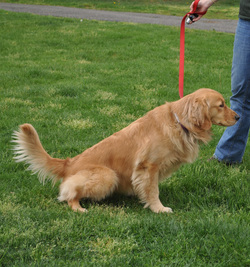
If you make a good effort, you could have a potty trained puppy or dog within a few weeks! Some puppies can be potty trained as soon as 2 weeks. It depends on the individual dog, and on your persistence.
Angel Leandres
K9 Instinct
www.k9instinct.com
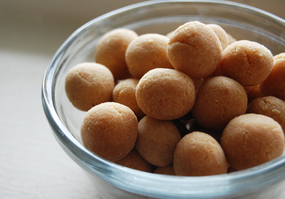
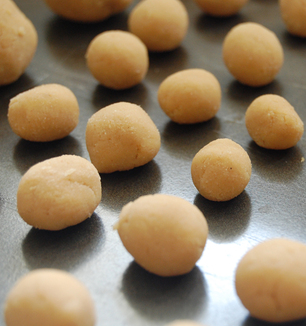
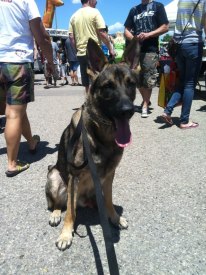
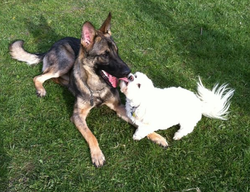
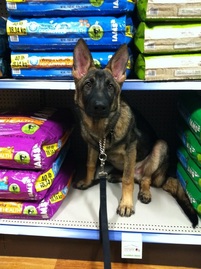

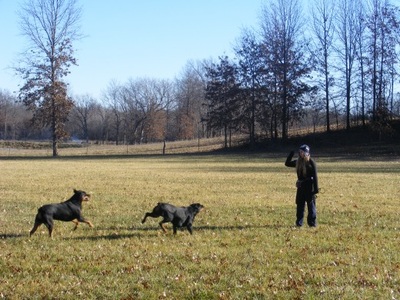
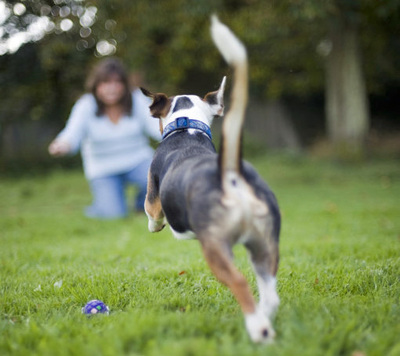
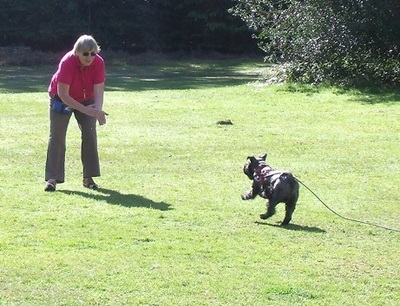
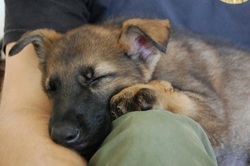
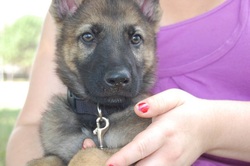
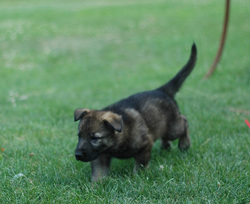
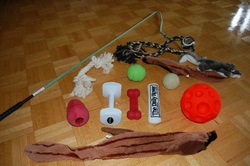

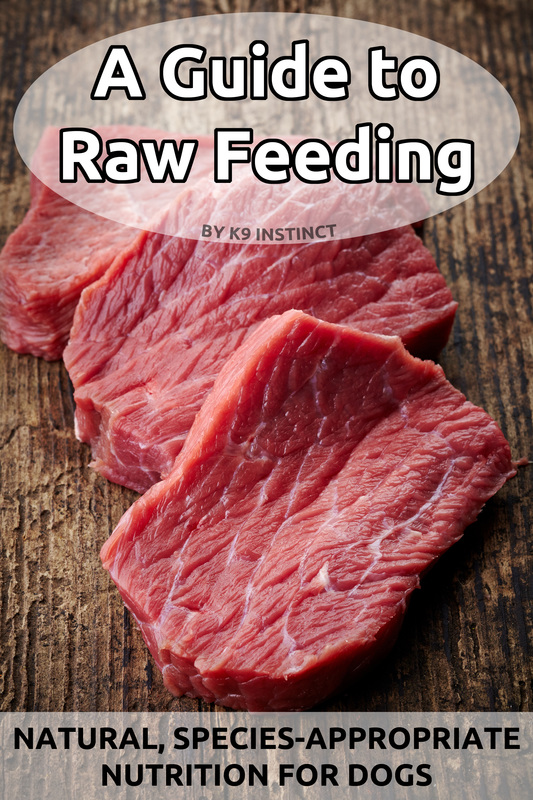
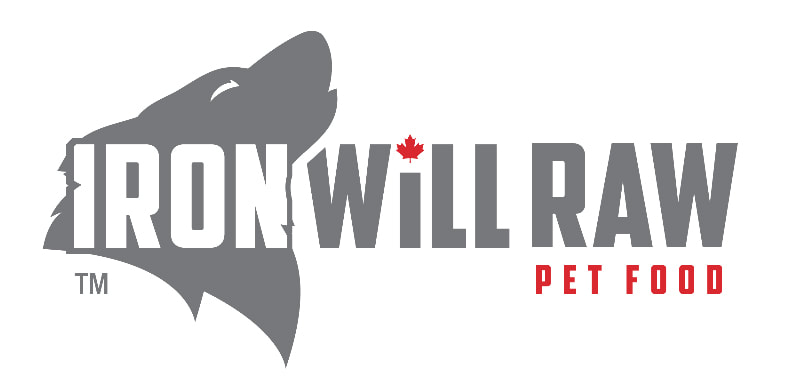
 RSS Feed
RSS Feed
